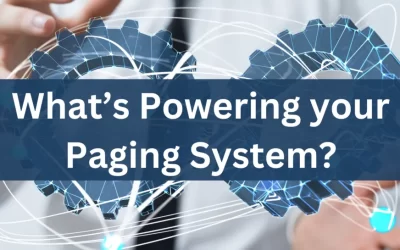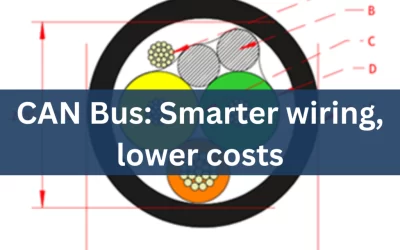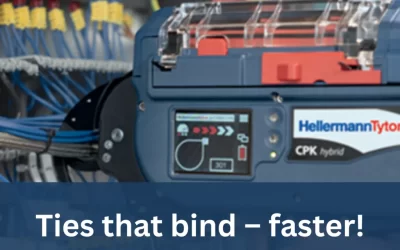If there’s one thing that’s predictable in any given network, it’s that it’ll eventually require more power.
In the world we live in, where new, innovative and power-intensive tech is launched regularly, Power over Ethernet (PoE) and other standard options may not be enough going forward.
The problem with PoE
PoE was a revelation when it was first introduced, with power and data over the same ethernet cable meaning less wiring overall; it remains the most popular method of connecting IP devices like cameras and WiFi Access Points.
It was a must-have, but the limits were clear from the get-go, with a max distance of 100 meters before data signals attenuate and voltage drops below usable levels.
That ultimately meant running additional AC circuits if you needed more power.
From smart buildings to Internet of Things (IoT) devices, we’re alreadyrunning a tremendous amount of power through our buildings and with more needed, is there a safe, efficient way to get it done withoutmore wires?
There is now; Class 4 wiring.
A safe alternative with built-in shock and fire protection
It’s not often that an entirely new class of wiring is created and for ages, there were only three classes of wiring in the National Electrical Code (NEC).
That’s how big of a revolution Class 4 represents.
Added as article 726 and with system and cable requirements verified by UL safety standards 1400-1 and 1400-2, Class 4 has cleared all hurdles for adoption.
Also known as fault-managed power systems, the power limits are triggered by a fault, nota general voltage limit. Transmitters and receivers constantly monitor the system for faults and react instantly to them.
That means the Class 4 system itself can detect a fault and cut the power; they monitor for:
- Abnormal voltage, current or load
- Short circuit
- Skin contact
- Arc fault
- Overcurrent
- Ground-fault
- Failed self-test of the monitoring system
The risk of fire and electrocution is virtually eliminated.
Shock threats including line-to-earth and line-to-line as well as fire hazards like series arc, parallel arc, line-to-line restive and series restive go to essentially zero.
VoltServer™️ has an excellent breakdown of Class 4 wiring’s shock and fire protection.
More power over longer distances and greater efficiency
The biggest draw to Class 4 wiring is the fact that you can distribute up to 1,000 watts of AC or DC power over significantly longer distances – up to 500 meters – via a copper 4PR cable (not category cable).
This opens up the possibility of implementing an entirely new world of technologies that can turn any building into a smart building with comparative ease by enabling the connectivity of remote-powered devices.
It’s why VoltServer, the leading Class 4 solution provider, refers to their system as Digital ElectricityTM.
By utilizing a hybrid construction of 4PR copper and single-mode fibers in one cable, you can reach areas more efficiently than ever, creating another solid option when designing buildings and campuses.
And as you now know, despite sending nearly 10 times the power than PoE, Class 4 wiring is just as safe.
Futureproofing your network
With clear advantages in power distribution and safety, it’s no wonder that Constellation™️ edge infrastructure from Commscope©️ utilizes Class 4 wiring to power and connect next-gen smart buildings.
CommScope’s Constellation incorporates all this technology into a simple-to-deploy, flexible-use cabling system that puts you in charge of the power options while providing best-in-class network connections.
Reach out to us to find out how to get started with the new class of wiring.





